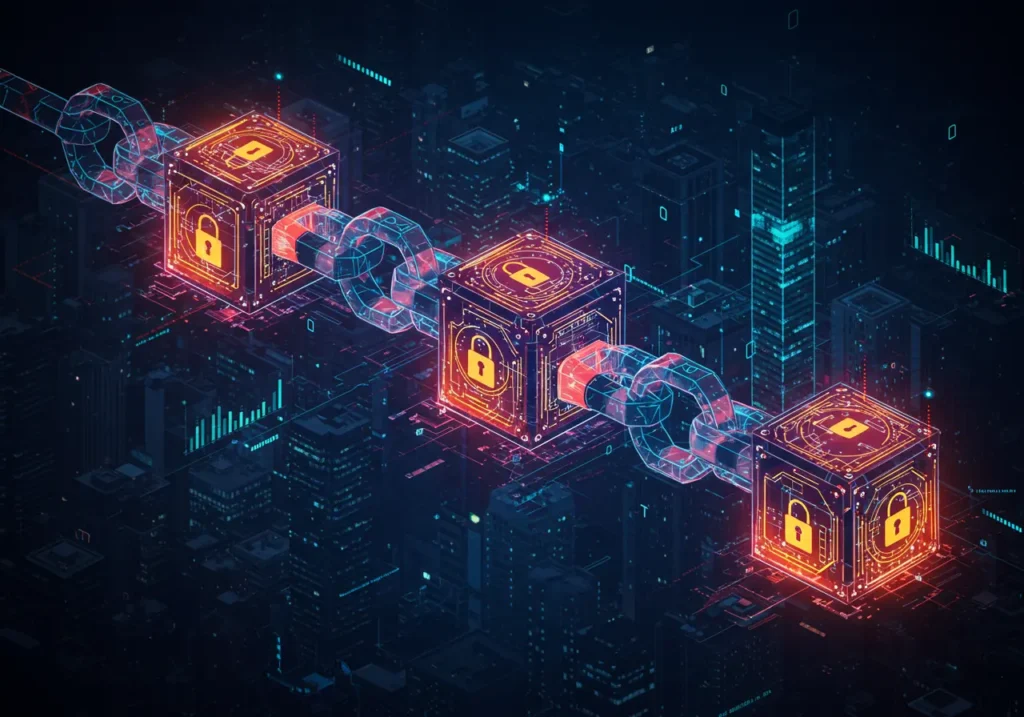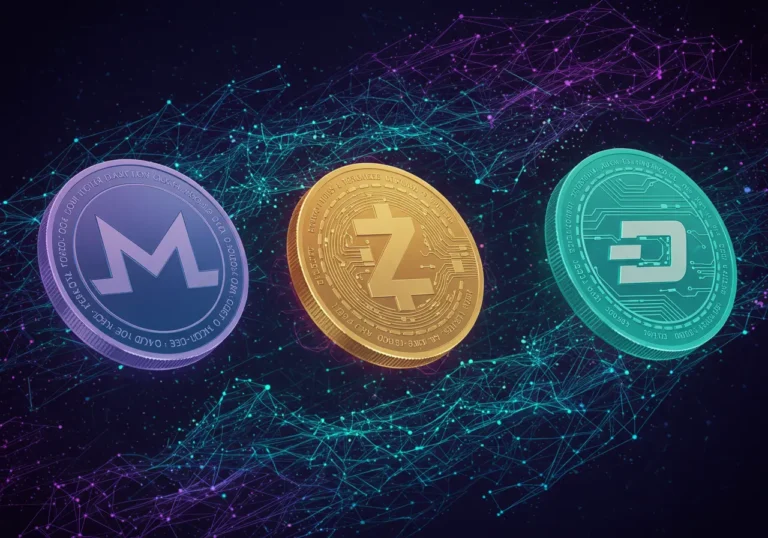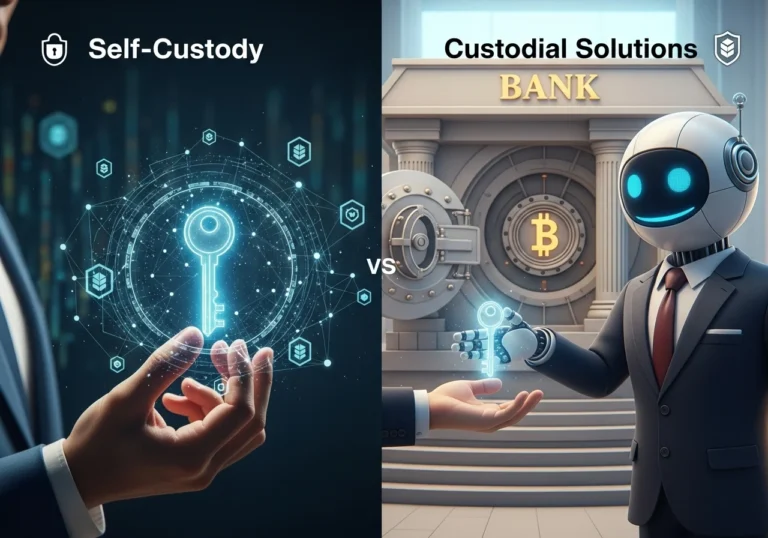51% Attacks Explained: How They Impact Blockchain Security

What’s a 51% Attack, Anyway?
Think of a blockchain like a big notebook we all share. Every time someone sends or spends digital money—like Bitcoin—it gets written down. Normally, we all agree on what’s in the notebook. But a 51% attack happens when one person grabs more than half the pencils. Suddenly, they can write whatever they want, even if it’s not true.
Here’s what they could do:
- Spend their coins twice—like buying two bikes but only paying once.
- Stop your payment from going through.
- Change the story of who owns what.
It’s like João at the fair, rigging the pie vote. One person takes over, and the rest of us lose out.
Why Does This Matter to You?
Crypto SecurityMaybe you’re thinking, “I don’t get all this tech stuff—why should I care?” Fair question! If you’ve ever thought about using digital money or putting some cash into it, this is a big deal. A 51% attack on cryptocurrencies can shake everything up. People lose trust, and money vanishes. It’s like hearing your local store got robbed—you’d wonder if it’s safe to shop there anymore.
Take Bitcoin Gold, for example. Back in 2018, some sneaky folks pulled off a 51% attack and walked away with $18 million. They spent the same coins twice, leaving others empty-handed. It’s like buying a cake, eating it, and then getting your money back to buy another one. Not cool, right?
How Does Someone Pull This Off?
Blockchains are built to be fair—no one person should run the show. It’s like a town where everyone gets a say. But if someone gathers more than half the power—like owning most of the town’s land—they can boss everyone around. Here’s how it happens:
- Grabbing Power: They get a ton of computers, maybe by renting them or teaming up with others.
- Secret Plans: They make their own version of the notebook, rewriting it to cheat.
- Taking Over: They show their version, and since they’ve got more power, it becomes the “real” one.
It takes a lot of effort and money, but if the prize is big—like millions in coins—some think it’s worth it.
What Happens After a 51% Attack?

When a 51% attack hits, it’s not just about stolen coins. It’s like a crack in a dam—everything starts to fall apart. Here are some consequences of 51% attacks:
- Money Goes Poof: People lose what they saved or invested.
- Trust Breaks: If the system feels shaky, who’d want to use it?
- Chaos Hits: Prices drop fast, and everyone scrambles to sell.
Imagine your favorite market getting a bad rumor—folks stop shopping there, and it’s a mess. That’s what an attack does to blockchain.
Real Stories of 51% Attacks
Let’s talk about some famous cases of 51% attacks to see how this plays out in real life.
Bitcoin Gold (2018)
Like I said earlier, Bitcoin Gold got hit in 2018. The attackers tricked the system, spent coins twice, and grabbed $18 million. The coin’s value tanked, and people got scared. It’s like a thief hitting your corner store—suddenly, everyone’s nervous.
Ethereum Classic (2019)
Then there’s Ethereum Classic. In 2019, attackers pulled a 51% attack and took about $1.1 million. The folks running it had to rush around fixing things. It showed even coins with a big name can have blockchain vulnerabilities.
These stories hit home for me—it’s a reminder that nothing’s perfect, even in this fancy digital world.
Can We Stop These Attacks?
Here’s the good part: people are fighting back. There are ways to make blockchain defense strategies work. Think of it like locking up your house—you can’t stop every thief, but you can make it tougher. Here’s how:
- More Helpers: The more people using a blockchain, the harder it is for one person to take over. It’s like a big crowd watching out for each other.
- Smarter Tools: Some blockchains have tricks to block attackers, like changing the rules of the game.
- Keeping Watch: Communities can set up alerts to catch trouble early.
It’s like a village working together—everyone pitches in to keep things safe.
The Money Side of 51% Attacks
An attack doesn’t just hurt the people who lose coins—it ripples out. The economic impact of 51% attacks can be rough:
- Scared Investors: Folks pull their money out, worried about more trouble.
- Stalled Ideas: Teams stop building new things to fix the mess instead.
- Bad Rep: Once a coin’s hit, it’s hard to convince people it’s safe again.
Think of a café after a bad review—customers vanish, and it’s a long road back. That’s what happens here.
When Power Gets Too Cozy
One reason these attacks work is something called blockchain centralization risks. If too much power lands in one spot, it’s easier to grab. Imagine if one family owned all the shops in town—they’d decide everything. Blockchains need to stay spread out, like a market with lots of sellers. That’s what decentralized networking is all about—keeping power shared so no one can take over.
What Can You Do About It?
You might feel small in all this, but you’ve got options. Here’s how to keep your coins safer:
- Pick the Big Ones: Coins like Bitcoin or Ethereum are tougher to attack because so many people use them.
- Check It Out: Before you jump in, see if a coin’s had trouble before.
- Stay in the Loop: Keep an eye on crypto news to spot warning signs.
It’s like picking a trusty bike—go for one that’s been around and won’t fall apart.
Wrapping It All Up
51% attacks are like a weak spot in a strong wall—they show us blockchain isn’t unbeatable. But knowing about them gives you power. You can make better choices and keep your money safer. It’s not about worrying—it’s about being ready.
Next time someone mentions a 51% attack, you’ll nod and say, “Oh, I get it.” Maybe you’ll even explain it to a friend over lunch. That’s the best part—understanding something tricky and sharing it.
Quick Rundown
- A 51% attack is when someone takes over more than half the power in a blockchain, letting them cheat.
- It can mean lost coins, broken trust, and a big mess in the market.
- Real hits like Bitcoin Gold and Ethereum Classic show even popular coins can slip up.
- To fight back, blockchains need lots of users, smart tricks, and watchful eyes.
- You can stay safe by choosing solid coins and keeping up with what’s happening.
Table of Contents

Hello, I’m Edmilson Dias, founder of CoinBringer. I created this platform to guide people through the fast-moving world of cryptocurrency with clarity and safety. With years of research in blockchain and digital security, my goal is to translate complex topics into practical knowledge, offering reliable tutorials, safety insights, and guidance for both newcomers and experienced users.
Discover more from CoinBringer
Subscribe to get the latest posts sent to your email.







